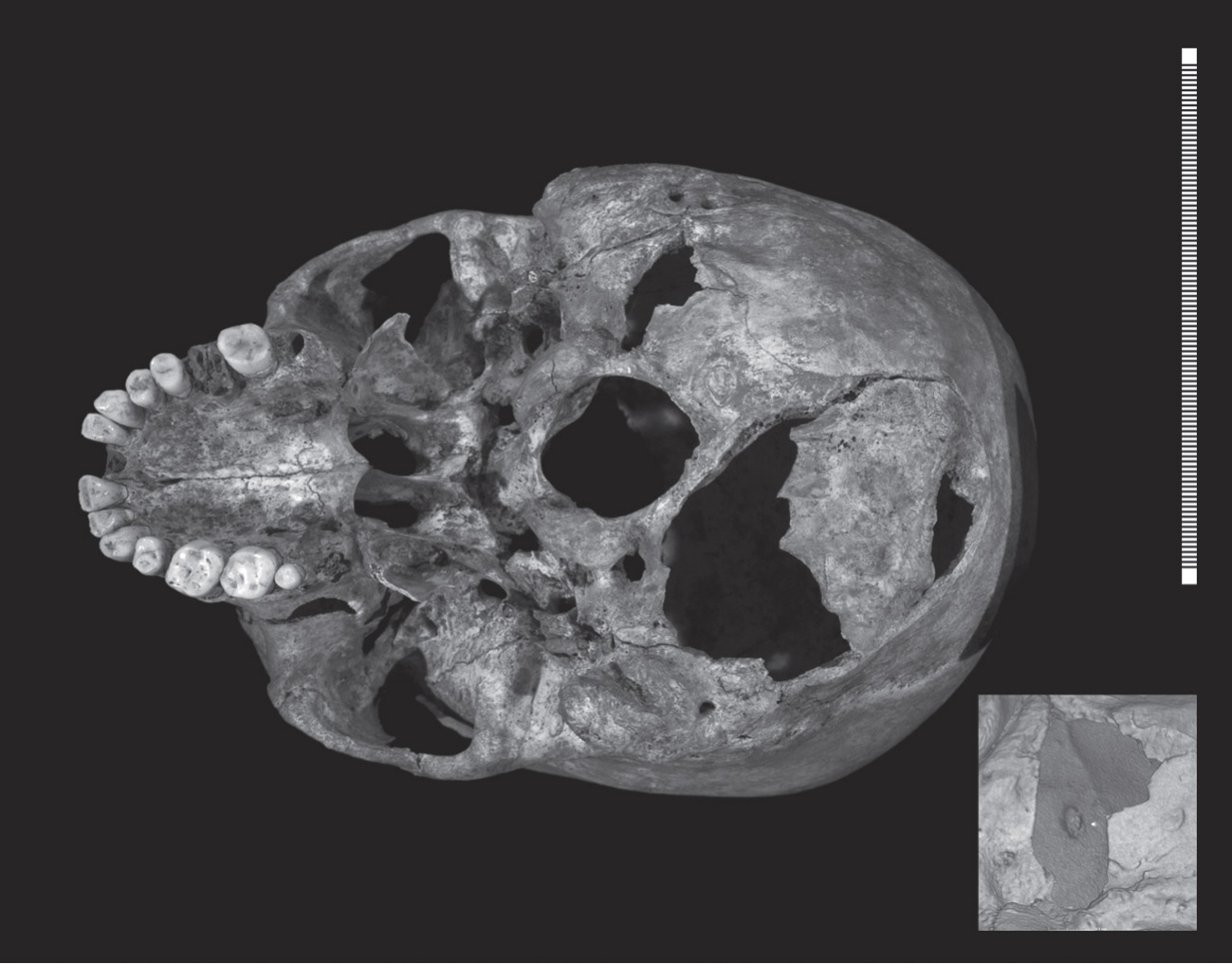
A forensic analysis on King Richard III’s skeletal remains has allowed scientists to construct a play-by-play of the English ruler’s final moments before he died in 1485 at the Battle of Bosworth Field.
Researchers at the University of Leicester discovered nine wounds to King Richard’s skull and two wounds to his body, according to their new report published in The Lancet. The sheer number of skull wounds suggests that he had either lost or taken off his helmet, and that the head trauma caused his death, said Guy Rutty, who co-authored the report.
“The most likely injuries to have caused the king’s death are the two to the (underside) of the skull—a large sharp force trauma possibly from a sword or staff weapon, such as a halberd or bill, and a penetrating injury from the tip of an edged weapon,” Rutty said.
Researchers also said the fact that the wounds resembled those made by medieval weapons confirms the most recent accounts of the Battle of Bosworth Field, in which King Richard had abandoned its horse after getting stuck in a swamp, and was then killed by oncoming enemies.
King Richard’s remains were found in 2012 under a parking lot by University of Leicester researchers. The skeleton was found in a tight space without any personal items or adornments, suggesting his soldiers, fearful of enemies, buried their leader hastily, according to the New York Times.
More Must-Reads from TIME
- Why Biden Dropped Out
- Ukraine’s Plan to Survive Trump
- The Rise of a New Kind of Parenting Guru
- The Chaos and Commotion of the RNC in Photos
- Why We All Have a Stake in Twisters’ Success
- 8 Eating Habits That Actually Improve Your Sleep
- Welcome to the Noah Lyles Olympics
- Get Our Paris Olympics Newsletter in Your Inbox
Contact us at letters@time.com